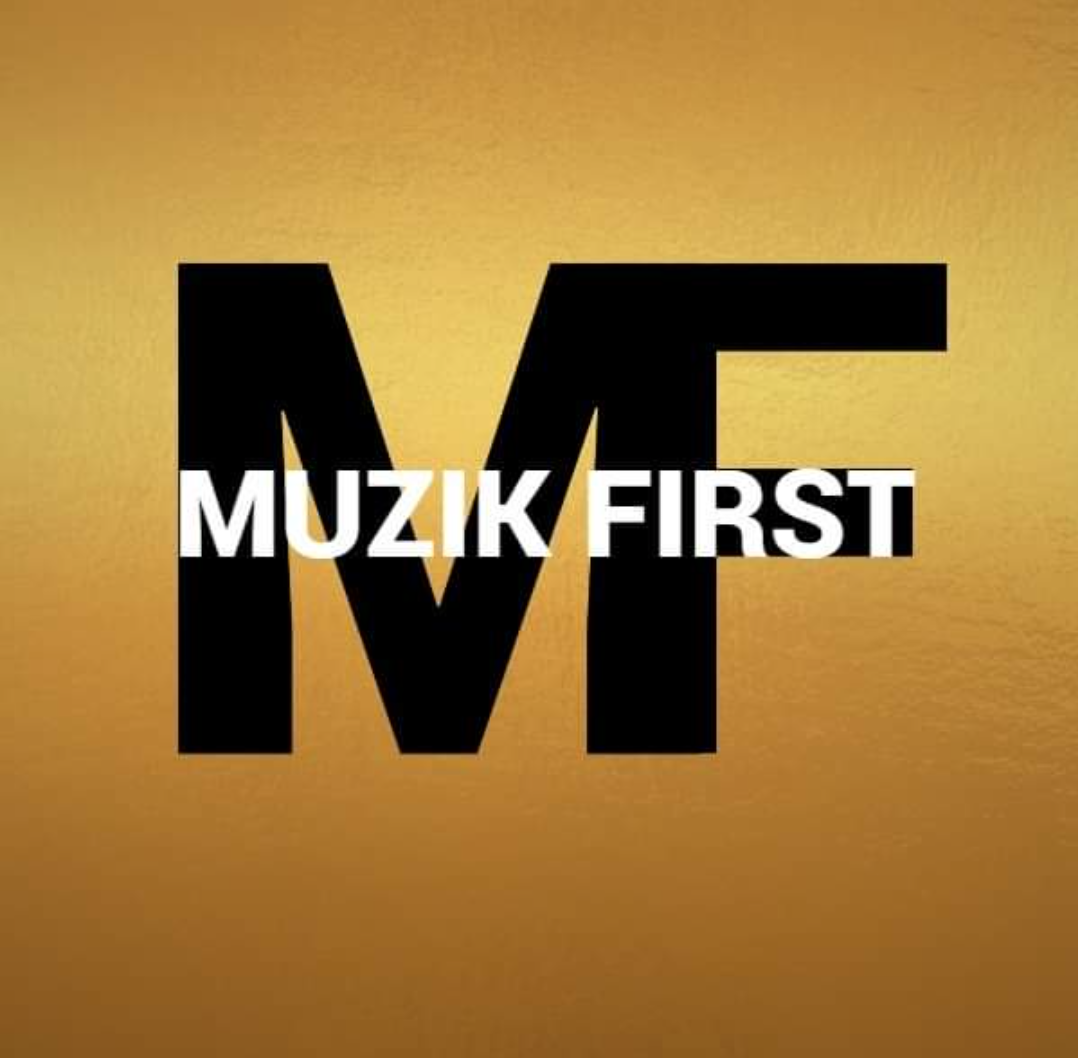ALBUM THROWBACK: GWEN STEFANI | THIS IS WHAT IT FEELS LIKE (2016)
- Muzik First

- Jun 7, 2021
- 3 min read
Updated: Jan 10, 2022

A singer and songwriter since childhood, Gwen Stefani has sold close to 30 million records as the frontwoman for the band No Doubt and as a multi-platinum solo artist. However, Gwen took a 12-year hiatus until the release of her third studio album, "This Is What The Truth Looks Like." Released on March 18, 2016, it is by far her most personal work to date. With intimate songs such as Make Me Like You, Misery Truth and Used To Love You, there's an emotional through-line to the album that highlights Gwen's songwriting and impassioned themes of love and loss. Gwen Stefani, who’s never been shy about her struggles with artistic motivation, and It took a high-profile gig on The Voice to motivate her to finally resuscitate her dormant solo career, reuniting with producer Pharrell Williams, among others, for her first album in a decade, before scrapping the whole thing when her 13-year marriage to Gavin Rossdale disintegrated.
She’s always been an honest kind of pop star, one whose best songs are also her most personal: 1995’s epic melodrama of intra-band tension “Don’t Speak”; 2001’s tender, vulnerable “Underneath It All”—and more recently "This Is What The Truth Looks Like" lead single, the actually-ripped-from-the-headlines “Used to Love You.” Part torch song and part kiss-off, it’s strung with the small, telling details (“Suitcase, Band-Aids/Pulling back out the driveway/You go, I’ll stay”) that help ground the record when it wanders into more generic dear-diary reflections on love lost and found. Then on some tracks, like the sunny, reggae-boosted “Where Would I Be” and roller-disco bounce “Make Me Like You,” are so mindlessly fun they could have their lyric sheets fully told in emojis. She stated in an interview that the second single, "Make You Love Me," is actually about her new love, Blake Shelton. But, she says, "I will admit that song is about that guy." This doesn't come as a huge shock, especially after watching the video for the hit—which features a neon sign that reads "Blake," which was created from his own signature."
Much of the album is, however, about the discovery of new love. “You’re in so much trouble,” Stefani warns on the standout “Misery,” yet despite the implication of the song’s title, her target isn’t Rossdale but a prospective lover. “They’re all gonna say I’m rebounding, so rebound all over me,” she sings on “Truth,” and playful puns aside, one instantly worries for the obviously vulnerable Stefani, ever the hopeless romantic, falling all over again. “I can love whoever I want/Say whatever I want/Do whatever I want,” she declares on “Me Without You,” capturing the sense of relief and possibility that can often line the dark clouds of a painful breakup. Unfortunately, that track, along with most of the rest of the album’s back half, foolishly tries too hard to recapture the attitude and urban-leaning beats in abundance on Stefani’s first two albums. “Red Flag” is a cathartic, eccentric quirk that finds Stefani tempering her anger with irony, her cries morphing into laughter, but the dated “Asking 4 It,” featuring Fetty Wap, and bonus tracks like “Obsessed” is no more worthy of Stefani’s emotional magic than 2014’s “Start the Fire,” which was wisely left off the album.
"This Is What the Truth Feels Like" feels satisfying from the perspective of an old-school Stefani fan and offers enough fresh material to make the uninformed modern listeners fall for her of their own accord. Given the rocky state of her solo career up to this point, it’s a miracle that another Gwen Stefani album managed to see the light of day. That "This Is What the Truth Feels Like" turned out as such an amazing piece of work.



Comments